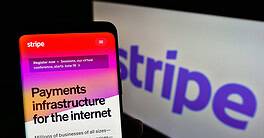By adding voice commands to its SmartBank app, Santander claims to be the first bank in the UK to allow customers to make payments in real time using their voice.

Cliff Moyce, global head of the finance practice at DataArt, a global technology consultancy, says voice control is a further way of protecting customer data, identity and money. “Extra security measures increase, exponentially, the degree of difficulty for a third party trying to steal customer data, identities and money,” he explains. Moyce says authentication that uses PIN numbers and random number generation devices has eliminated 80% of the risk of someone accessing accounts by knowing login names and passwords.
“Voice recognition technology is far more complex than people might imagine,” Moyce says. “It analyzes so much more than the voice.” The 30-plus factors being studied will include physical features of the head producing the voice (nasal passage volume; larynx type), plus rhythm, speed, melody, accent, intonation, background noise and general ambience.
Voice recognition is not the only biometric measure that can be employed by banks. Other methods include face and finger/thumb print recognition, but voice is the easiest to deploy, he adds, as it does not require any special devices (which themselves could be hacked).
Voice and movement recognition are both forms of zero user interface, or zero UI, which refers to anything that enables users to undertake tasks without needing to manually open or interact with them.
“In terms of UI developments for bank customers, it is new security measures that are probably going to be most visible,” Moyce says. He adds that banks need to accelerate their digitization initiatives so that customers get the same omnichannel, app-based experiences that they enjoy in ecommerce and mobile apps.



